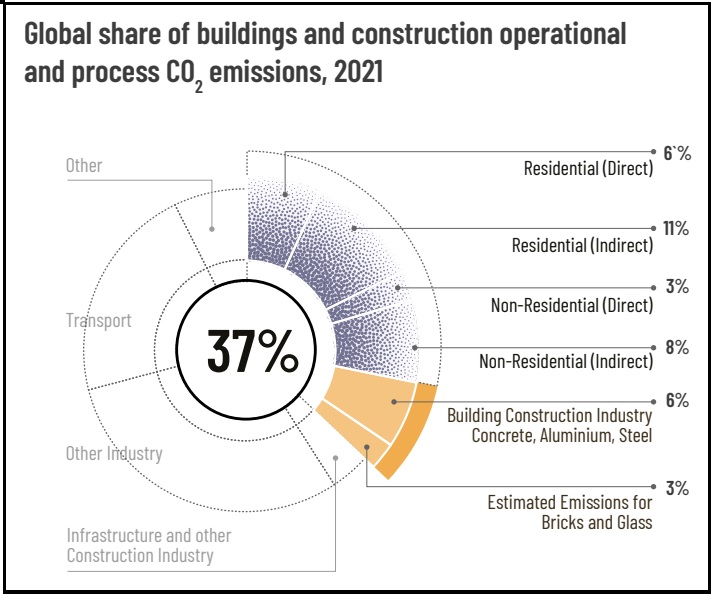The new UNEP report “Building Materials and The Climate: Constructing a New Future” outlines how developing, developed countries can reduce emissions from constructions.
The buildings and construction sector is by far the largest emitter of greenhouse gases, accounting for a staggering 37% of global emissions.
|
Categories of emission |
|

References
Gerald Rocha 1 year
Well researched and thoughtfully presented, thank you for sharing. Emissions from construction Ajmera Vikhroli are related to the fact that the company adopts a construction process keeping the environment in mind. The materials and construction techniques used in Ajmera Vikhroli have been chosen in such a way that emissions can be minimized ajmera vikhroli is an ideal place where people can live a pleasant and comfortable life with their family.